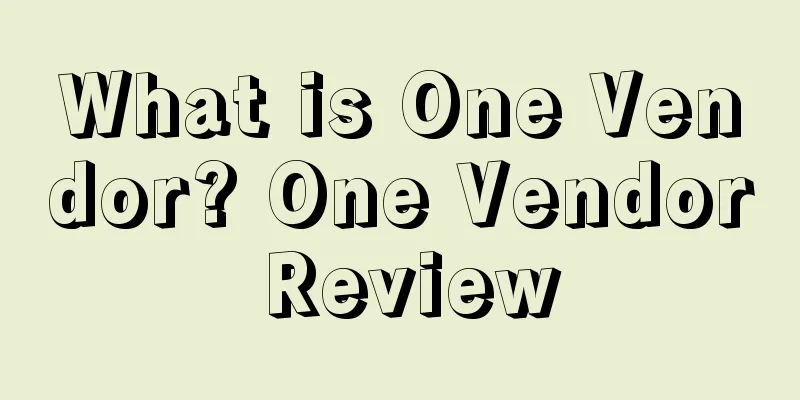What is CCC? CCC Review

CCC stands for China Compulsory Certification, which is China's commitment to join the WTO and reflects the principle of national treatment. The country uses compulsory product certification for 149 products in 22 categories. The new national compulsory certification mark is called "China Compulsory Certification". After the implementation of the China Compulsory Certification Mark, it will gradually replace the original "Great Wall" mark and "CCIB" mark. Full name China Compulsory Product Certification Full name China Compulsory Certification Release date December 3, 2001 Chinese abbreviation 3c certification Nature certificationbackgroundWith China's entry into the WTO, the Chinese government, in order to fulfill its commitment to the WTO, issued the "Regulations on the Administration of Compulsory Product Certification" on December 3, 2001, replacing the original import product safety and quality licensing system (referred to as CCIB mark), electrical product safety certification system (referred to as Great Wall certification), and national safety certification (CCEE) with the compulsory product certification system (CCC), integrating the three certificates into one. The implementation and supervision are carried out by the China Certification and Accreditation Administration (CNCA), and the 15 certification agencies and 152 laboratories authorized by it are specifically implemented. It is stipulated that the first batch of 132 products in 19 categories included in the compulsory product catalog will be accepted from August 1, 2002. These products in the catalog must pass the CCC certification and affix the CCC mark before they can be sold on the market. Regulatory updates in 2014: According to the Announcement of the National Certification and Accreditation Administration on the Issuance of the Implementation Rules for Compulsory Product Certification (Announcement No. 23 of the National Certification and Accreditation Administration in 2014), in order to effectively implement the new version of the implementation rules, all relevant designated certification bodies should formulate corresponding certification implementation rules in accordance with the requirements of the new version of the rules. The implementation rules and implementation rules are implemented in conjunction. According to the implementation rules, enterprises are divided into four levels: A/B/C/D based on the factory inspection conclusions, sampling test results, supervision and inspection conclusions, product quality status, etc. The level will directly affect the certification model applicable to the enterprise's application for CCC certificate. For example, Class A enterprises basically do not need the first factory inspection. Among them, enterprises applying for CCC certification for the first time belong to Class B. Logo InterpretationProduct RangeThe products included in the "Catalogue of Products Subject to Compulsory Product Certification" include 186 products in 22 categories, including household appliances, automobiles, safety glass, medical devices, wires and cables, and toys. Certification conditionsThe first company has a business license; The products produced by the second company are included in the list of mandatory products for 3C certification; Third, the company must have its own factory; Fourth, the company must have certain financial strength; The fifth company has relevant documents, production environment, warehouse management and other important documents. Certification ProcessEnterprise application, the application form contains the applicant, manufacturer, production plant and product information. Each model of goods should be applied for separately. The same model of goods from different manufacturers should also be applied for separately. Stage 1: Application Processing After receiving an application that meets the requirements, CQC will issue an acceptance notice to the applicant, instructing the applicant to send or mail the relevant documents and information. The application stage becomes 1. At the same time, CQC sends relevant charges and notices. The applicant shall provide the information to CQC as required. After the applicant has paid, please fill in the payment voucher as required. Phase 2: Document Review During the document review stage, product certification engineers need to divide the application into units. After unit division, if sample testing is required, the product certification engineer will send a sample delivery notice and corresponding payment notice to the applicant, and at the same time, notify the applicant to send a sample receipt notice to the corresponding testing agency. Phase 3: Sample Receipt The samples shall be delivered directly to the designated testing agency by the applicant. After the applicant has paid, please fill in the payment voucher as required. The testing agency will inspect and accept the samples received by phone and fill out a sample acceptance report. For unqualified samples, a sample rectification notice will be issued and a sample acceptance report will be filled out after rectification. After the samples are accepted, the testing agency fills in the sample testing progress sheet and reports it to CQC. After receiving the sample testing progress and confirming that the applicant has paid all relevant fees, CQC will issue a formal acceptance notice to the applicant and a testing assignment letter to the testing agency, and the sample testing will officially begin. Phase 4: Sample Testing During the sample testing process, if any non-conformities are found, the applicant should make corrections in accordance with the sample testing correction notice. After the sample test is completed, the testing agency will fill in the sample test result notification. The testing agency will also transmit test reports and other information to CQC. Stage 5: Factory Inspection For applications that require factory inspection, the Inspection Office organizes the factory inspection. Phase 6: Conformity Assessment Product certification engineers collect and organize the results of each stage and conduct a preliminary evaluation. The conformity assessment personnel shall re-evaluate the above results. Phase 7: Certificate Approval Director issues certificate Phase 8: Printing, collection, delivery and management of certificates The applicant prints the receipt and picks up the certificate by himself or requests it to be mailed CCC certification cycleThe certification period for regular products is 3-4 weeks, and the application period for household appliances and toys is 4-6 weeks. References |
<<: What is Pan-European? Pan-European Review
>>: What is Categories Requiring Approval? Categories Requiring Approval Review
Recommend
What is Element AI? Element AI Review
Element AI is an artificial intelligence incubator...
Amazon Beginner's Guide: 3 Types of PPC Advertising
On the current Amazon platform, the keyword search...
Desperate! Collectively, no orders! Amazon has a major bug, and sellers are crying...
Today is enough to make many sellers doubt their l...
What is GoAllPay? GoAllPay Review
GoAllPay is a payment service platform focusing on...
FBA warehouse crash! Stop accepting this type of shipment?
Recently, a big news about FBA replenishment was ...
14 daily operation tips for Amazon
By giving these examples, everyone can have a dee...
The backend function has been updated, and Amazon's 0 yuan purchase can be revoked!
Asian sellers who always pay attention to Amazon n...
1.9 trillion US dollars is coming! The US station will usher in a consumption frenzy!
Since March, accidents have occurred frequently, a...
Another big seller is going public, relying on selling dog food to support an IPO
Behind the bustling city, a large number of empty-...
The US FDA allows the import of Chinese KN95 masks again
According to the real-time statistics system of gl...
What is Viral Launch? Viral Launch Review
Viral Launch is a software and services platform t...
What is Foodies Feed? Foodies Feed Review
Foodies Feed is a free food-themed photo gallery. ...
The unique pain points of each Amazon site
Scan the QR code to join our seller family More i...
Big seller shares: Dear experts, what is your company’s product selection philosophy?
Author: Weibo @_大桃纸阿Original title: The evolution ...
Shocking! Amazon charges $100,000 to check for copyright infringement
focus on Our Amazon seller circle is not very lar...









